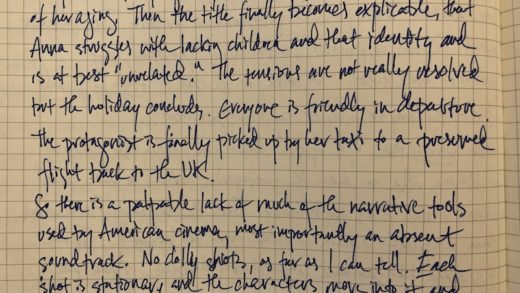The Silence is American writer Don DeLillo‘s 17th novel, in a career stretching back to the 1970s. DeLillo’s work is highly esteemed, and he has won all of the awards necessary to corroborate this. He’s most well known for having written the hilarious White Noise, which was published back in 1985 (when I was only 12).
A chapter in my intellectual formation
Would that everyone had a series of events that marked for them moments in their intellectual formation (see Jean-Paul Sartre’s The Words as an example).
For me, one of those was when a young woman started talking to me about DeLillo’s Mao II and postmodernism. She worked at the information desk, was unassailably cool, and had great hair. I knew nothing about postmodernism, but she wanted to talk about it with me, so we talked in the ways that are so vital to those beginning the life intellectual.
That was 1992? Mao II has been published only the year before. Bill Clinton was elected that year. With which I associate the American rock band Journey and their ballad “Don’t Stop Believin’,” because it was played at their election celebration. To which I can now confidently say, I stopped believin’ in 1996 (of course I voted for him then, again … but practical necessities do not a political viewpoint make).
Because I’ve probably read it the most, I have deep appreciation for that book. With that said, in my mind it doesn’t reach the heights of White Noise or Underworld (in that order).
What did Mao II teach me about postmodernism?
Nothing really, but that was mainly because it was too early for me. Also because the concept of postmodernism is too monolithic and therefore means so little.
When I think of postmodernism, I think of Salman Rushdie‘s The Satanic Verses and anything by Kathy Acker or Thomas Pynchon. The Satanic Verses taught me everything (about postmodernism: its trenchant lack of seriousness, its wild and incessant acts of appropriation, its formal chaos), although I wish that I’d read The Qur’an before I’d read it. I suppose there is still time …
Like other books that DeLillo has written, Mao II‘s in part intra-literary, imagining the happenings of an author not unlike Thomas Pynchon, the famous recluse. It has great lines like, all plots tend towards death or
Stories have no point if they don’t absorb our terror.
Mao II, 140.
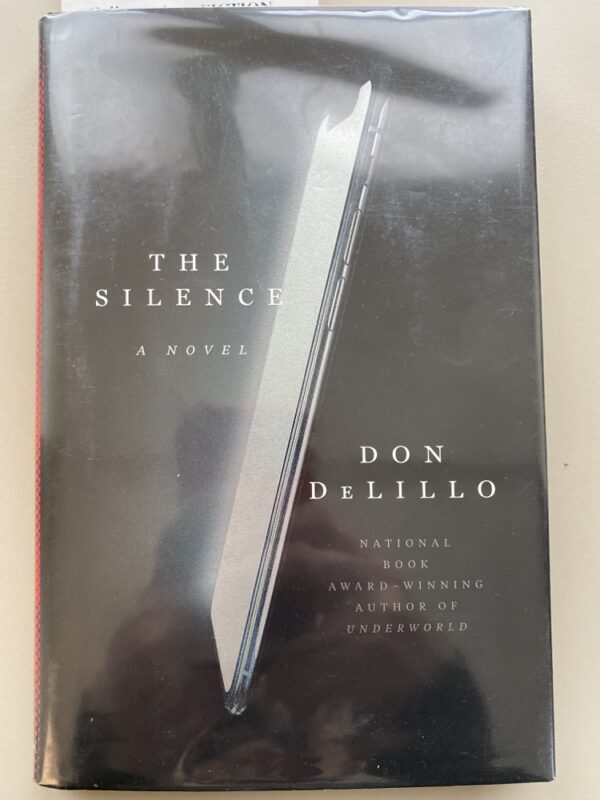
What is The Silence about?
DeLillo’s novel The Silence—really a novella—narrates a day in the life of five different characters: Jim, Tessa, Max, Diane, and Martin. Jim and Tessa are married, living in the upper west side, and flying back to the United States from Paris on the day of Superbowl LVI (yes, the one in a few weeks).
Max and Diane, a couple, will be hosting them as well as Martin, one of Diane’s previous students who is himself now a teacher, to watch the game. Max has money on the game and is singularly fixated on it. Diane’s attention is to Martin, to whom she bears a certain attraction. Martin is a television, like so many characters is DeLillo novels.
But just as the Superbowl game is about to begin, the television goes dead. As do their phones. All electronic devices are neutralized. Even, it seems, the airplane in which Jim and Tessa are flying, which makes a crash landing that they somehow survive.
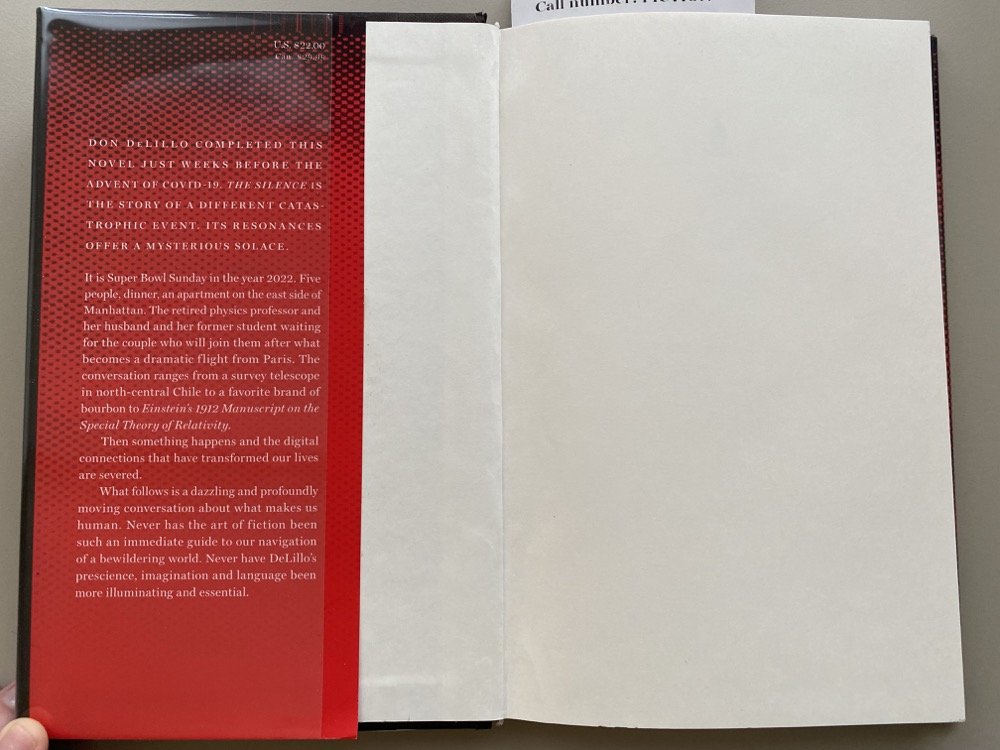
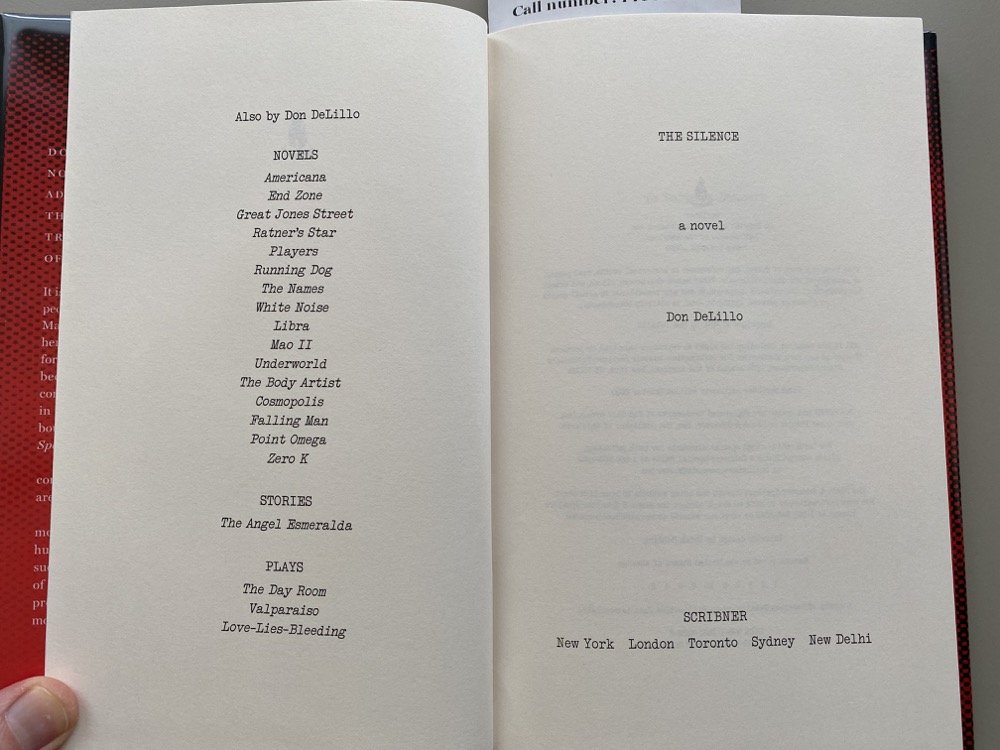


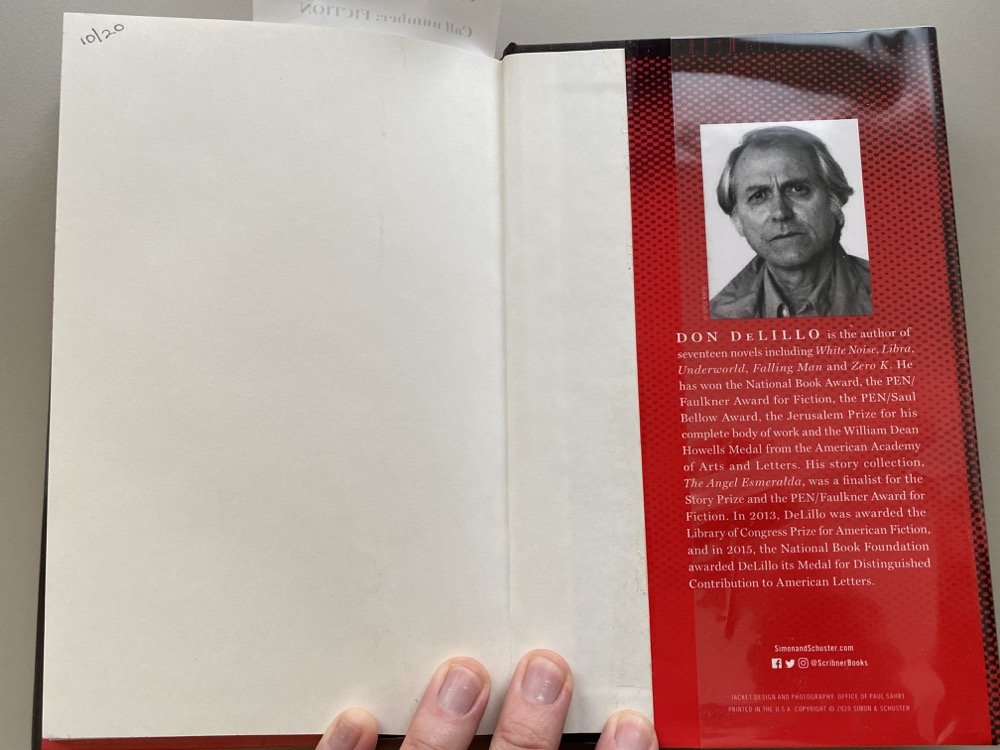
Martin Dekker’s Voiceless Narration
Martin is a human character, twenty-something that works in a secondary school with gifted children who seem to adore him. But in The Silence he has a narrative function not unlike the television in the novel White Noise.
The TV said: “And other trends that could dramatically impact your portfolio.”
White Noise, 61
Amidst the unfolding of the narrative in White Noise, in the background but clearly present, the television speaks. We’re not talking about glossolalia, although the analogy is worth consideration. The source of the television’s speaking is both anonymous and deeply personal. This speaking directs our attention to specific objects.
Fun fact: a high school girlfriend went to Chapel Hill and Yale Law and spoke in tongues. Not necessarily in that order.
Similarly, Martin Dekker speaks throughout the novel without provocation, frequently (but not always), about a diverse ranges of subjects without necessary relation to the present.
He said, “I’m sticking with Einstein no matter what the theorists have disclosed or predicted or imagined concerning gravitational waves, supersymmetries and so on. Einstein and black holes in space. He said it and then we saw it. Billions of times more massive than our sun. He said it many decades ago. His universe became ours. Blacks holes. The event horizon. The atomic clocks. Seeing the unseeable. North-central Chile …
The Silence, 30
The preceding quotation begins with Martin speaking as a person but quickly devolves into what I cleverly call voiceless narration.
In point of fact, not only Martin but almost all of the other characters engage in voiceless narration at one point or another. The characters even announce that they are about to begin speaking without apparent reference to the time and place and context.
The Silence‘s germ is voiceless narration into which all characters, all person succumb. Yet there is a great irony in this fact because in fact the technological device(s) is(are) what had made them silent, only to finally speak when those devices have been struck mute.
Technology has penetrated so thoroughly into our lives such that none of us speak any longer. The device speaks for each of us. The proof of its saturation appears in the moment when it is rendered silent and the voice its human puppets assume is the one it used: an anonymous, contextless speaking.
Why Refer to Electromagnetic Pulses (EMPs)?
An electro-magnetic pulse is a powerful burst of energy that disrupts electronic and magnetic fields. One of the best natural examples of this is the radiation that is produced by a solar flare. A less natural one, but what is perhaps most imagined when one talks about EMPs, is the pulse produced by a nuclear explosion.
The film The Day After, which was by itself a media event that disrupted consciousness (perhaps not unlike an EMP) back in the halcyon cold war days of 1983, dramatized the practical effects of a nuclear war, only one of which (and perhaps the least pernicious) would be the EMP resulting from the explosion of an ICBM.
In one scene of that made-for-TV movie, Jason Robards (and other lesser known actors) find their cars suddenly not working because of a nuclear explosion. My ten-year-old self was both thrilled and terrified (in a manner befitting DeLillo’s requirements of the novel).
I surmise an electromagnetic pulse is the cause of the sudden silence in The Silence.
An excellent review by Joshua Cohen of The Silence in the New York Times: https://www.nytimes.com/2020/10/20/books/review/don-delillo-the-silence.html



